Static stretching has been demonstrated to actually reduce performance, therefore avoid stretching right before an intense exercise like sprinting. Instead, perform lower-intensity dynamic stretches that resemble the movements of your workout.
Extend Your Hips
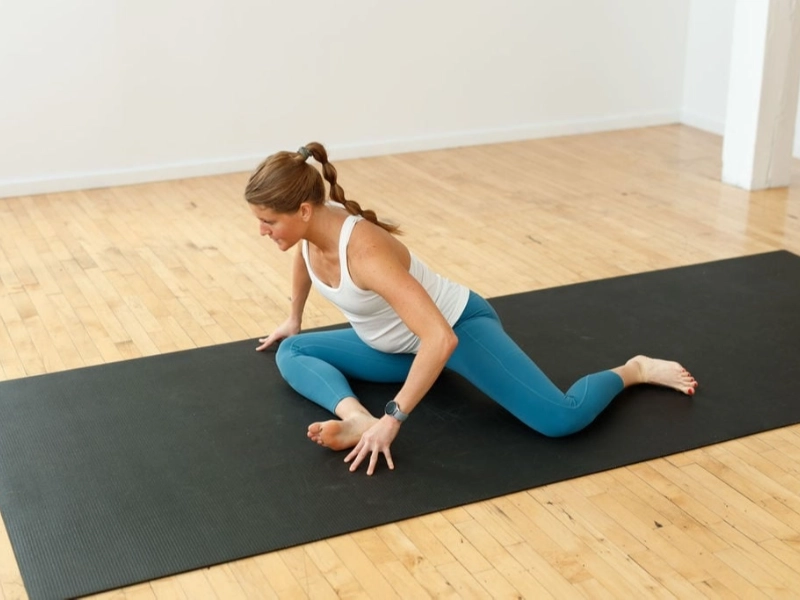
Many people experience hip pain and hip difficulties as a result of tight hips. Hip stretches can increase range of motion and relieve stiffness. Consider including these stretches into your regular regimen.
This easy hip flexor stretch is perfect for novices who wish to increase their hip flexibility and can be performed anywhere, at any time. To establish a straight line from your shoulders to your feet, begin by lying on your back with your knees bent and your feet flat on the ground.
As you start to flex your hips, maintain a straight back and an open chest. Try to move your body until you feel a slight stretch through the front of your hip. Although this stretch should be moderate, stop if you experience any sudden, intense pain or discomfort. Avoid bouncing while stretching since this might lead to injury. Only hold the stretch for a minute or so, depending on your level of flexibility.
Extend your legs
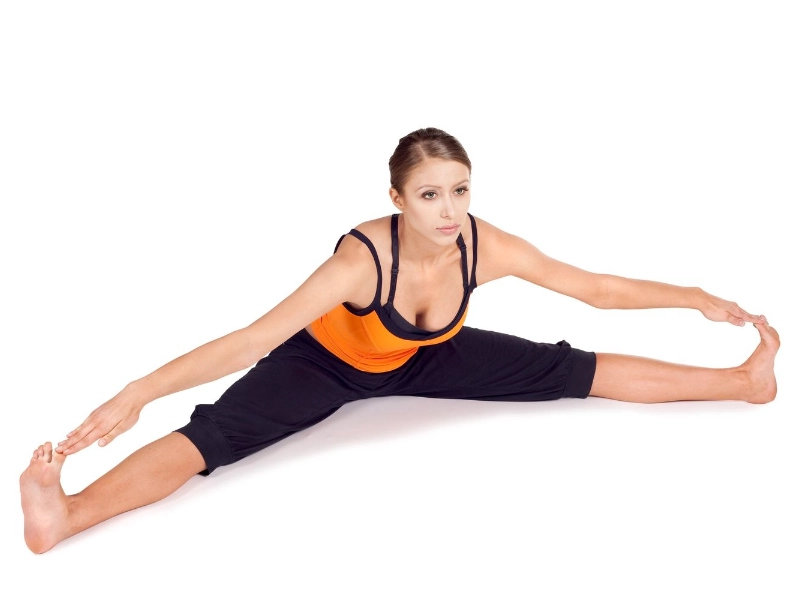
Stretch your legs whenever you feel like they're getting too tight and before and after every exercise. Your ability to execute daily activities like jogging, squatting, lunging, and even merely prolonged sitting or standing will improve if your hips, thighs, and calves are more flexible.
One crucial thing to remember is that dynamic stretching exercises—which involve moving to extend the range of motion—should always come before static stretches. According to Ford, this aids in warming up the joints and muscles in preparation for stretching.
Furthermore, never force oneself into an uncomfortable or painful position. It could be a sign that you've reached a point where you are actually injuring your muscles or joints rather than a sign that you're performing the stretch appropriately or efficiently. When you stretch and experience any pain, tingling, or numbness, draw back right away.
Make Your Hamstrings Stretch
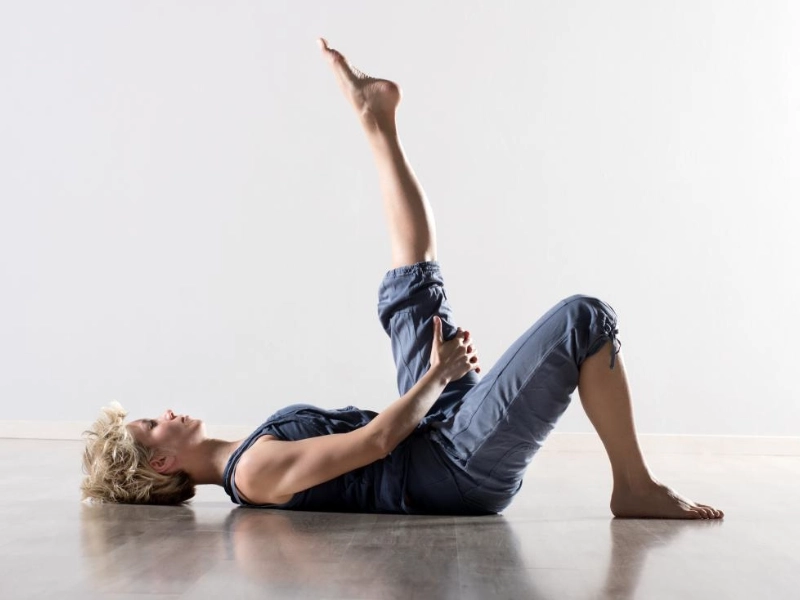
Stretching your hamstrings before or after a workout is a wonderful idea, but only if you are completing the exercises correctly. Static and dynamic flexibility exercises should be performed after warming up with some mild walking or jogging, as stretching cold muscles can actually cause injuries.
Stretching Your Hamstrings While Standing
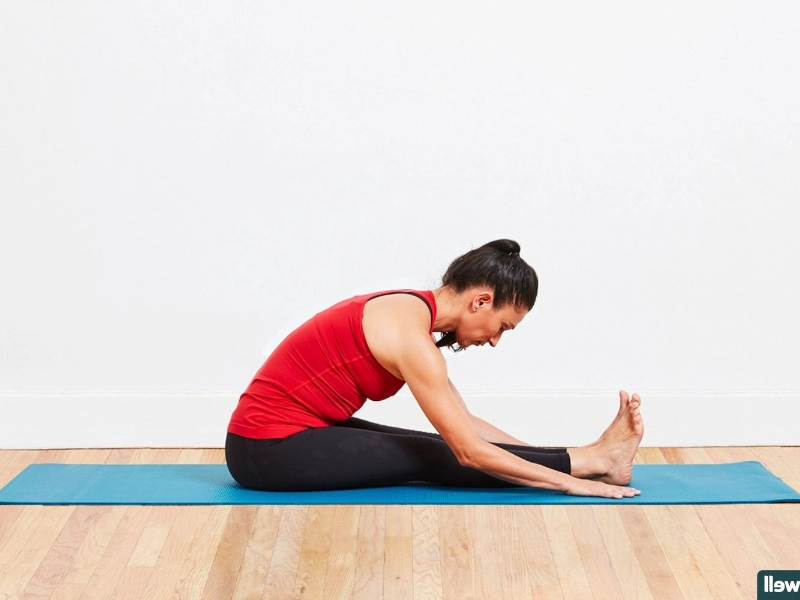
Keeping your legs hip-width apart, move forward with your left foot firmly. Using your hands, extend your reach to touch the floor, shin, or mat, whichever feels most comfortable. Take care not to bend your knees too much because the purpose of this stretch is not to work the quadriceps muscle. Instead, aim to reach your toes.
Another important way to prevent lower back discomfort is to maintain a straight back. Back hunches can lead to hamstring muscle imbalances, which over time may result in pain and damage. After 30 seconds of holding this stretch, switch to the other leg.
Make Your Shoulders Stretch

Shoulder pain can be reduced and neck tension can be maintained by stretching the muscles and tissues surrounding the shoulders. Physical therapists suggest the following stretches to assist increase range of motion and lessen shoulder pain.
The rotator cuff, upper back muscles, and shoulder joint are all strengthened and loosened by the cross-arm stretch. Since it takes time for the muscles to experience the benefits of this exercise, it's critical to do it consistently.
Maintain a shoulder-width distance between your feet while you face a wall or piece of furniture. Until the opposing shoulder stretches, gently draw the end of a towel, rope, or yoga strap upward from the front of your body. After 30 seconds of holding, switch to the other side.
Warm up your muscles with a vigorous walk or arm pumping exercises before beginning any stretches. This will increase blood flow to the muscles and loosen up the joints. Additionally, keep in mind that stretching shouldn't hurt; if it does, stop and consult a physician.
Advertisement
Recommended Reading: Disadvantages of Avocados















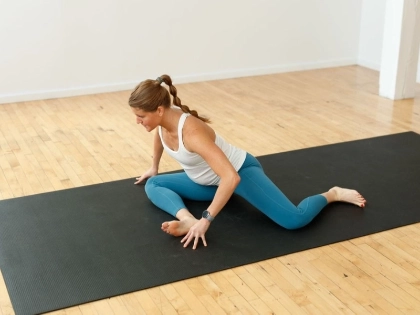


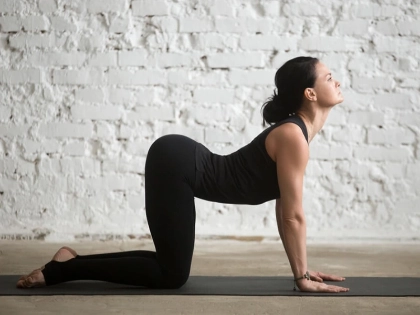





Comments
Leave a Comment
Your email address will not be published. Required fields are marked *